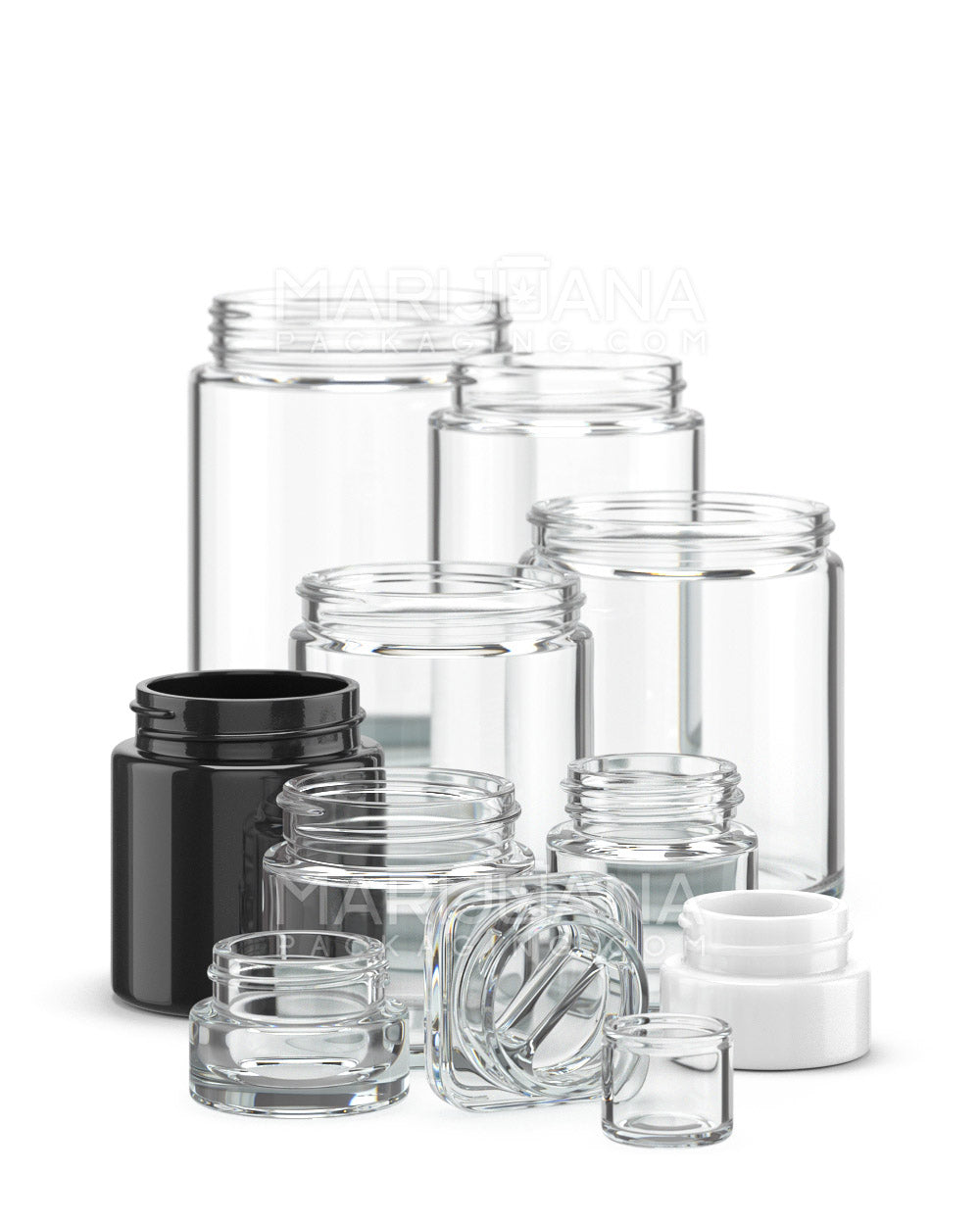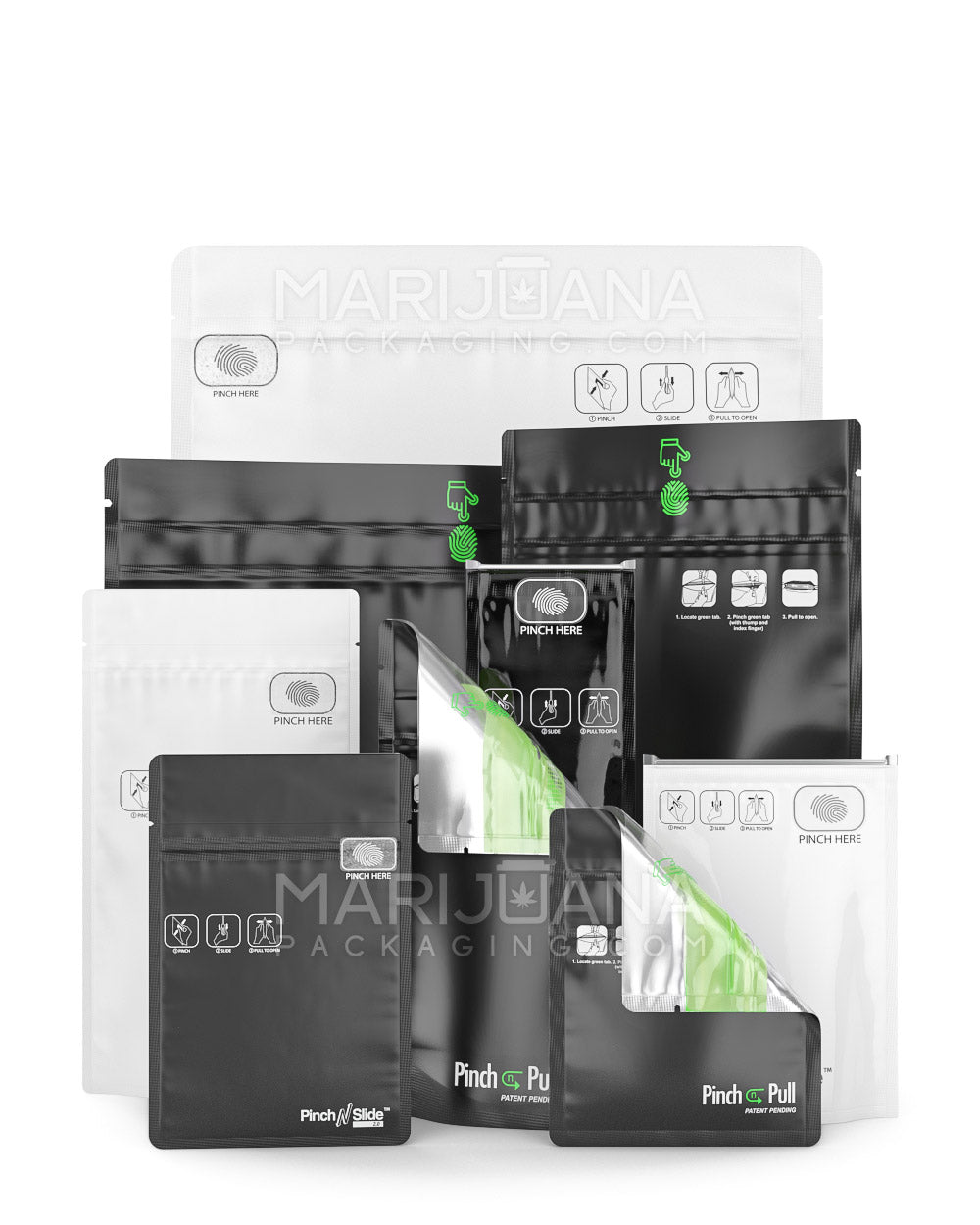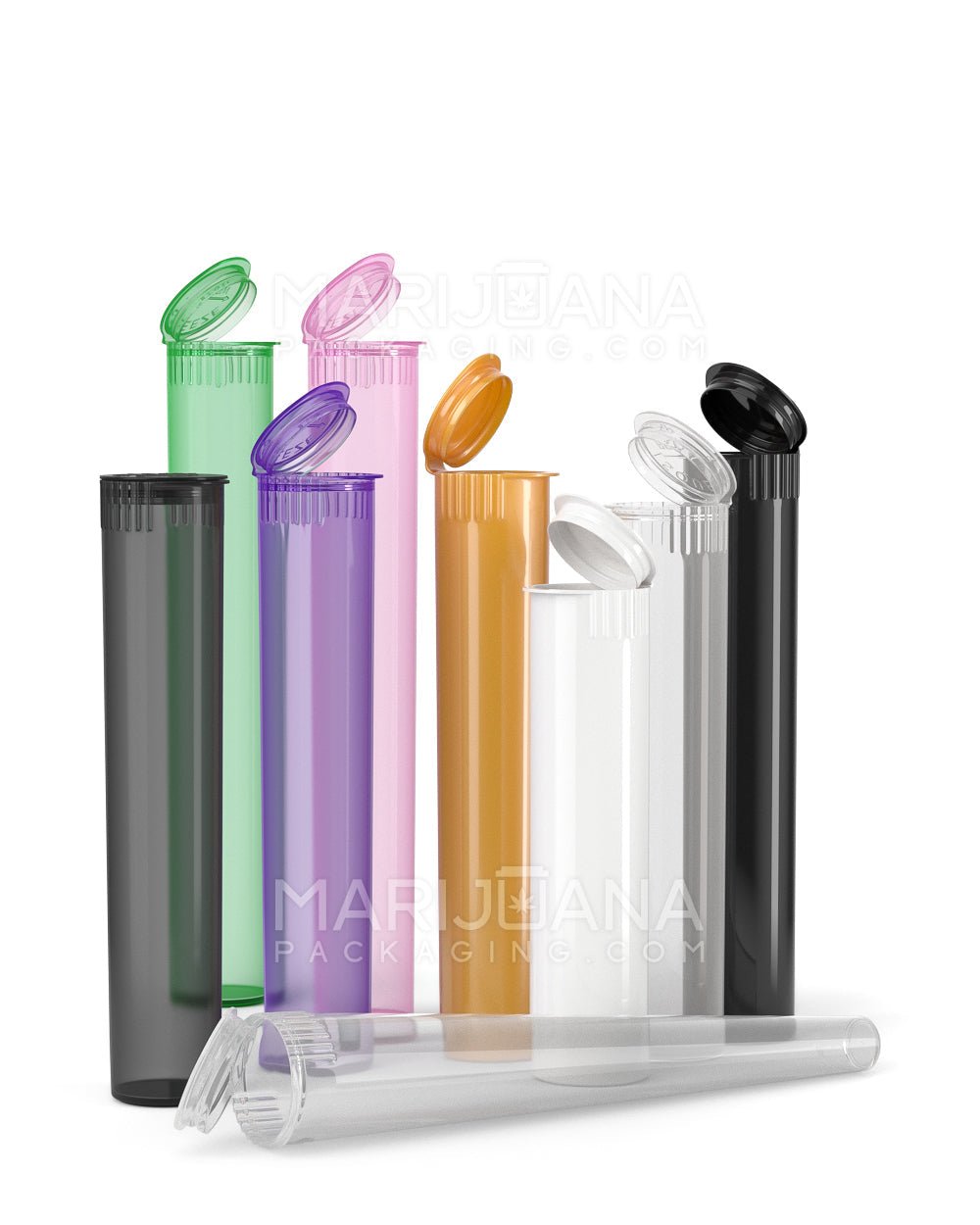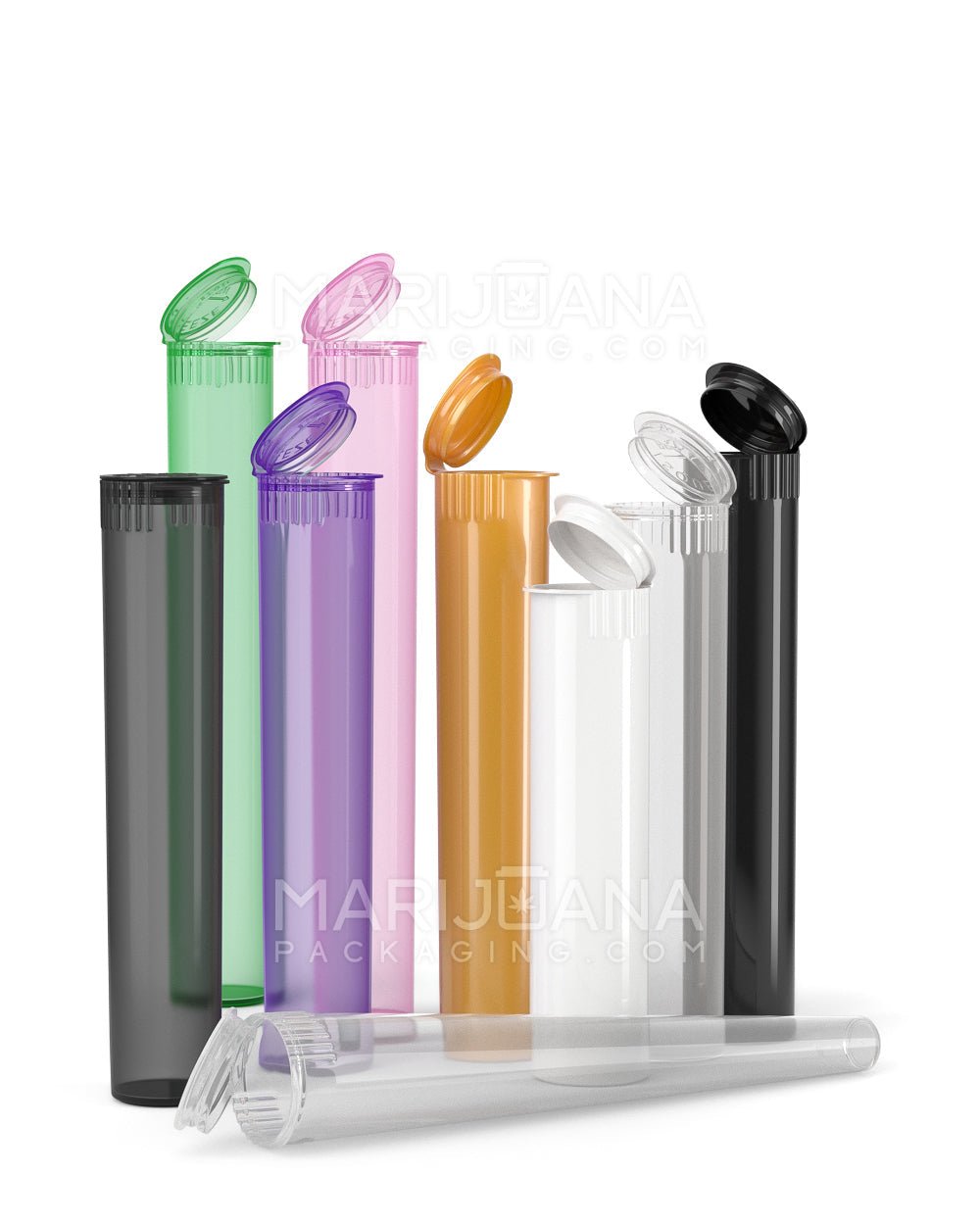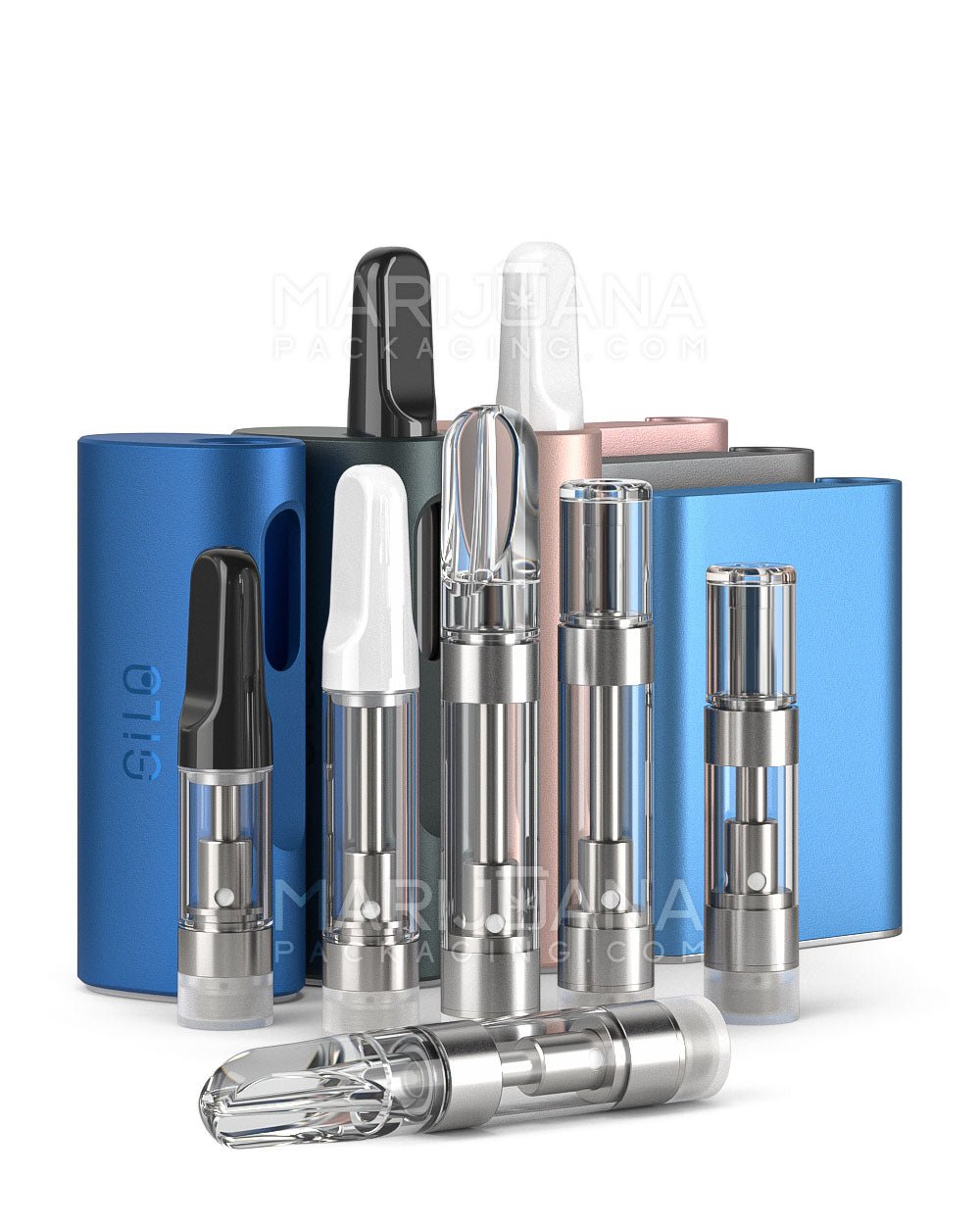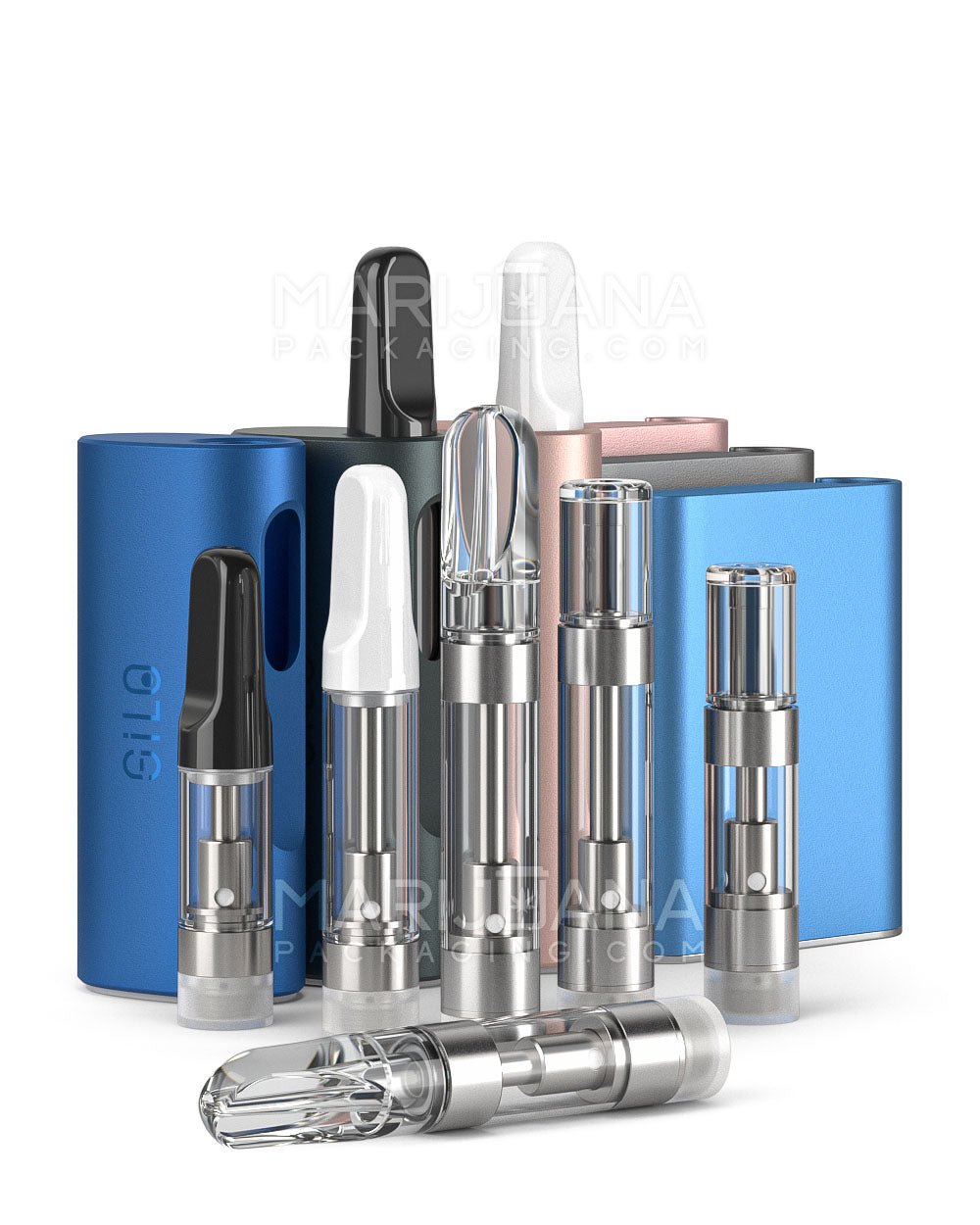Extracting marijuana is a fascinating process that marries science with a bit of art. Whether you're interested in making oils, tinctures, or edibles, understanding how to extract the plant's valuable compounds is a skill worth having. It's not just about getting the most out of your cannabis but also about exploring different ways to enjoy it.
In this guide, we'll walk you through the essentials of marijuana extraction, covering techniques, safety tips, and practical examples. By the end, you'll have a clearer picture of how to transform raw cannabis into various exciting forms.
Why Extract Marijuana?
Before we dive into the how-to, let's talk about the why. Marijuana extraction is all about isolating the plant's valuable compounds—primarily cannabinoids like THC and CBD. These compounds are responsible for the effects and benefits associated with marijuana.
When you extract these compounds, you can create products like oils, tinctures, and edibles. This not only offers a different way to consume cannabis but also allows for more precise dosing. Plus, extracted products can be more discreet and convenient to use.
Different Types of Marijuana Extracts
The world of marijuana extracts is diverse. Let's take a closer look at some of the most popular types:
- Oils: These are perhaps the most common form of extract, often used in vape pens or as a base for edibles.
- Tinctures: These are alcohol-based extracts that are easy to dose and can be consumed sublingually.
- Concentrates: These include forms like wax, shatter, and rosin, each offering a potent experience.
- Edibles: By infusing extracts into food, you can create a wide range of cannabis-infused treats.
Each type of extract has its own unique benefits and uses, so knowing the differences can help you decide which is best for your needs.
Essential Tools and Equipment
Getting started with marijuana extraction requires some basic tools and equipment. While some methods are more complex and require specialized gear, others can be done with items you might already have at home.
Here's a quick list of what you might need:
- Grinder: To break down your cannabis into smaller pieces for easier processing.
- Extractor: Depending on the method, this could be a simple jar, a solvent-based system, or a rosin press.
- Filter: Cheesecloth or coffee filters work well for separating plant material from the extract.
- Heat Source: For methods like rosin pressing, you'll need a reliable heat source.
- Containers: Glass jars or silicone containers are excellent for storing your finished extracts.
Remember, the right tools can make the process smoother and more efficient. It's worth investing in quality equipment if you plan to make extracts regularly.
Safety Precautions
Safety should always be a priority when working with cannabis extracts. Some methods, especially those involving solvents, can be hazardous if not handled properly.
Here are a few safety tips to keep in mind:
- Ventilation: Ensure you're working in a well-ventilated area, especially when using solvents.
- Protective Gear: Gloves and goggles can protect you from potential spills and splashes.
- Temperature Control: Be cautious with heat sources to avoid burns or fires.
- Solvent Safety: If using solvents like butane or ethanol, follow all safety guidelines to prevent accidents.
Taking these precautions seriously can help you avoid accidents and ensure a safe extraction process.
Solvent-Based Extraction Techniques
One of the most popular methods for extracting cannabis involves using solvents. Solvents dissolve the plant's compounds, allowing you to separate them from the plant material.
Here's a look at some common solvent-based techniques:
- Butane Hash Oil (BHO): This method uses butane to extract cannabinoids, resulting in a potent concentrate. It's essential to use high-quality butane and follow safety protocols.
- Ethanol Extraction: Ethanol is a safer alternative to butane and is often used for making tinctures and oils. It's food-grade and less volatile, making it a popular choice for home extractions.
- CO2 Extraction: This method requires specialized equipment and uses carbon dioxide under high pressure to extract cannabinoids. It's a clean and efficient method but is generally used commercially due to the cost of equipment.
While solvent-based methods can be effective and efficient, they require careful handling to ensure safety and product quality.
Non-Solvent Extraction Techniques
If you're looking for a simpler and safer way to extract cannabis, non-solvent methods might be the way to go. These techniques don't require any chemicals, relying instead on heat and pressure.
Here are a few popular non-solvent extraction methods:
- Rosin Pressing: This technique uses heat and pressure to extract cannabinoids from the plant material. It's straightforward and can be done with a simple hair straightener or a specialized rosin press.
- Ice Water Extraction: Also known as bubble hash, this method uses ice water to separate trichomes from the plant. It's a clean method that doesn't require any chemicals.
- Dry Sifting: This technique involves using a series of screens to separate trichomes from the plant material. It's simple but can be time-consuming and labor-intensive.
Non-solvent methods are great for beginners, offering a safer and more natural way to extract cannabinoids.
Decarboxylation: A Critical Step
Before extracting cannabinoids, it's essential to understand the process of decarboxylation. Raw cannabis contains THCA and CBDA, which are non-psychoactive. Decarboxylation converts these compounds into THC and CBD, which are psychoactive.
Here's how to decarboxylate your cannabis:
- Preheat Your Oven: Set your oven to 220-240°F (104-116°C).
- Prepare Your Cannabis: Break it into small pieces and spread it evenly on a baking sheet lined with parchment paper.
- Bake: Place the tray in the oven and bake for 30-45 minutes, stirring every 10 minutes to ensure even heating.
- Cool: Once done, let it cool before using it for extraction.
Decarboxylation is crucial for ensuring your extracts have the desired potency, so don't skip this step!
Infusing Extracts into Edibles
Once you've extracted your cannabinoids, infusing them into edibles is a fun and tasty way to enjoy cannabis. Here's a simple way to make cannabis-infused butter, which you can use in various recipes.
Here's how to make cannabis butter:
- Ingredients: You'll need decarboxylated cannabis, unsalted butter, and water.
- Simmer: In a saucepan, melt the butter with water and add your cannabis. Keep it at a low simmer for 2-3 hours, stirring occasionally.
- Strain: Use a cheesecloth to strain the mixture into a container, removing the plant material.
- Cool: Let the butter cool and solidify before using it in recipes.
From here, you can use the butter to make cookies, brownies, or any other treat you fancy.
Storing Your Marijuana Extracts
Proper storage of your extracts ensures they remain potent and fresh. Here are a few tips for keeping your cannabis extracts in top condition:
- Keep It Cool: Store extracts in a cool, dark place to prevent degradation.
- Avoid Air Exposure: Use airtight containers to keep air out and preserve the extract's potency.
- Label Clearly: Always label your extracts with the date and type of product for easy identification.
Taking care of your extracts can make a significant difference in their quality and effectiveness over time.
Final Thoughts
Extracting marijuana opens up a whole new world of possibilities, allowing you to create a variety of products tailored to your preferences. By understanding different extraction methods and safety precautions, you can experiment with confidence and creativity.
When it comes to packaging your extracts or any cannabis product, Gamut offers a range of solutions. With over a decade of expertise, they provide everything from jars and bags to custom designs, ensuring your products are safe, appealing, and ready for the market. If you're looking to make your brand unforgettable, Gamut has you covered from design to delivery.











